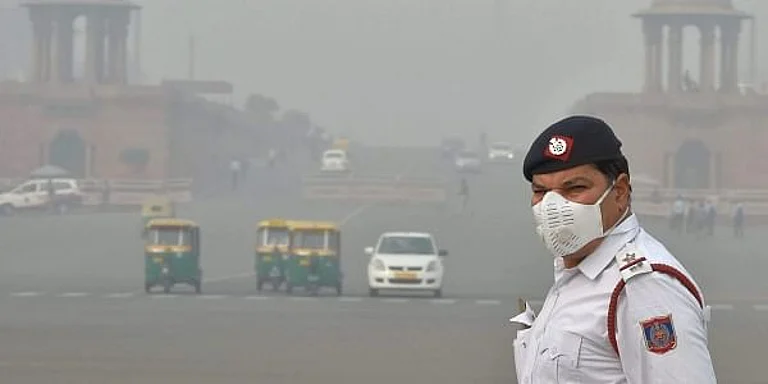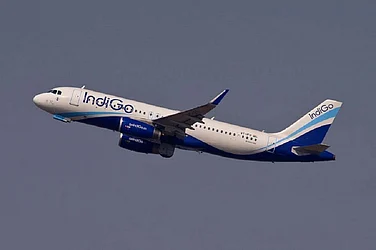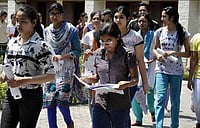The number of foreign tourists coming to India shows a jump of 5.2% in 2018 as compared to 2017. However, this increase did not translate into the country’s Foreign Exchange Earnings.
According to the Economic Survey of India (for the year 2018-19), which was tabled in the Parliament on June 4, 2019, “foreign exchange earnings from tourism in India stood at US$ 27.7 billion in 2018-19 compared to US $28.7 billion in 2017-18.”
“This means that we fail to attract affluent tourists who can afford to spend money on various services in India,” said a senior government official, who was earlier associated with the Ministry of Tourism.
According to the Tourism Ministry’s statistics, Foreign Exchange Earnings (FEE) were down by 5.9% in 2009 as compared to the previous year. However, after that year until 2017, it had always registered a growth varying from 1.5% to 30%.
As far as the actual number of foreign tourists are concerned, the Ministry of Tourism replied to a RTI query that about 1.05 crore tourists visited India in 2018, 5.2% higher than the previous year. It didn't provide a country-wise break-up of foreign tourists though.
Rajeev Kohli, Joint Managing Director, Creative Travel Pvt. Ltd, says that the drop in FEE was expected as the quality of inbound tourists from the key markets has gone down. “We have increased numbers from Bangladesh, Sri Lanka and even far off countries in East Asia. However the tourists from these countries are spending less,” said Kohli adding that a billion dollar drop is significant by any standard.
He said that the declining trend of revenue might get worse if corrective measures are not taken. “Whereas the government is always looking at quantity, the industry is looking at quality. This is damaging us.”
People familiar with inbound tourism in India come up with a plethora of reasons for the decline in FEE.
“In the past few years, we have closed our tourism offices in various cities like Paris, Milan, Amsterdam Sydney, Johannesburg, Toronto, and Los Angeles among others. These offices had played a key role in promoting Indian destinations among affluent tourists,” said the official quoted above. He added, “the senior ministry officials think that marketing will be through the Internet, Twitter and other social media outlets.”
A few industry experts also feel that there is a need to compile and report statistics on the basis of individual countries. “This will aid better analysis and we shall also be able to focus our resources better on high revenue yielding markets," said Rakesh Mathur, president, WelcomHeritage Hotels.
Mathur feels that there is a long-standing inherent issue in terms of compiling and reporting the statistics of incoming foreign tourists. “Less revenue is actually only a decisive indicator of a fall in long haul foreign, particularly western tourists. It is perhaps also an indication of business travellers who are clubbed in the tourism segment,” he observed.
Mathur pointed out that our tourism statistics might not have accorded due weightage to visiting NRIs and even Pakistani nationals (who visit family in India). Bangladeshi nationals, Sri Lankan nationals and even Buddhist tourists would broadly fall within this classification.
Outlook had recently carried a report on how Chinese nationals, who form the largest percentage of outbound tourists globally, discount India as a preferred destination citing sub-optimal amenities, poor hygiene, a relatively hostile environment and scarcity of Mandarin speaking guides.
Many foreign tourists, Outlook spoke to, also believe that India has earned a lot of negative publicity as an unsafe country, a major reason for losing its appeal to affluent tourists.
E.M. Najeeb, Senior Vice President, The Indian Association of Tour Operators (IATO), attributed the decline in inbound tourists to the high tax rates that are now applicable to five-star deluxe resort hotels.
“When compared with several competitive destinations such as Sri Lanka, Malaysia, Maldives, Singapore and far east countries, India stands as an expensive alternative, hence tourists prefer the other destinations,” said Najeeb. He rued that despite repeated requests from the tourism minister and senior players of the tourism sector, the GST Council is adamant on keeping the rates high.
Tourism experts say that Prime Minister Narendra Modi has stated that his focus would be on the five Ts -- talent, tradition, tourism, trade and technology -- to build the brand India. However, the tourism industry is not yet reflecting this focus.




















.jpg?w=200&auto=format%2Ccompress&fit=max)

_550_550.jpg?w=200&auto=format%2Ccompress&fit=max)



